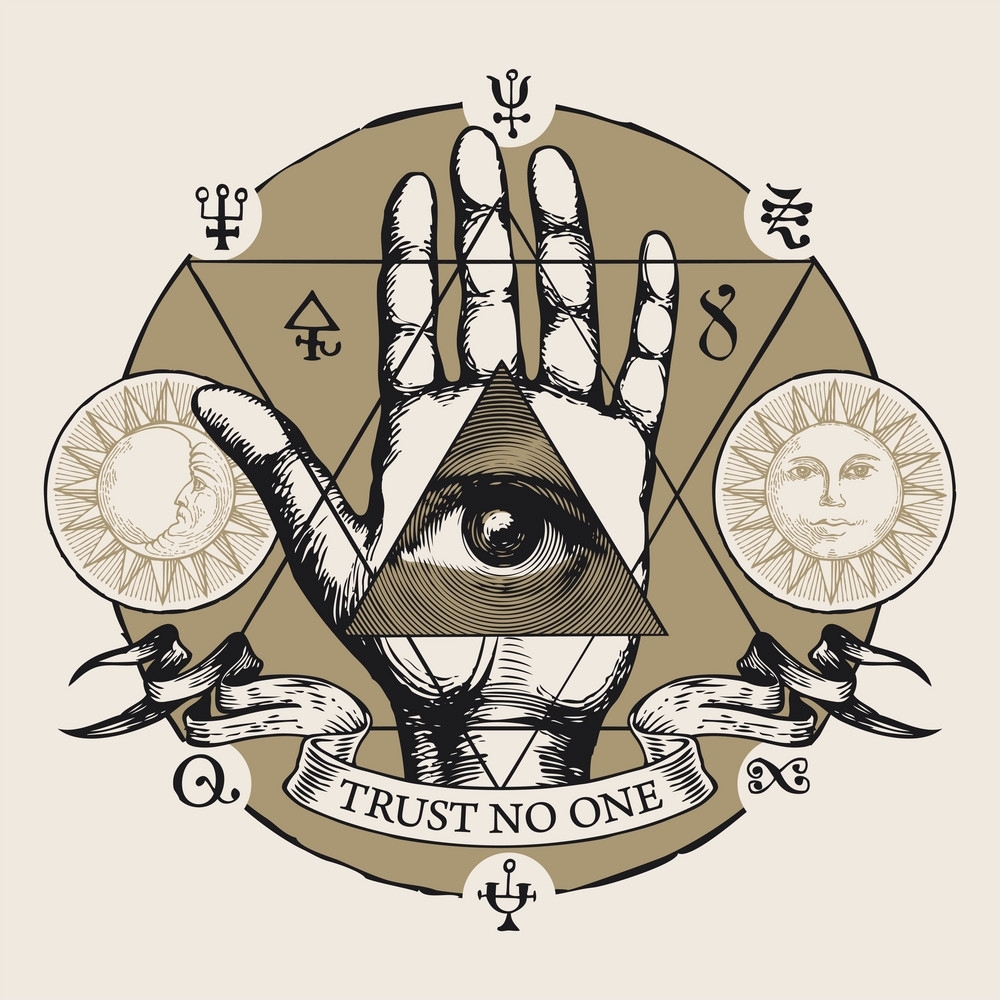Osorezan, meaning “Fear Mountain” in Japanese, is one of three mountains in the country considered most sacred. The Tendai sect of monks’ description of the entrance of Hell closely matches the topography of the mountain, leading some to refer to it as a literal “Gateway to Hell.” Despite all this, Osorezan is not a mountain, but rather, a caldera volcano which last erupted in 1787. The Sanzu river surrounding it, the Japanese version of the river Styx, takes on a yellowish hue in places due to its high sulphur content. It is toxic to touch, let alone drink, and has eradicated virtually all plant life surrounding it. It is only accessible to tourists between May 1st to October 31st, as the harsh winter makes the pathways to it inaccessible.
Mediums, known as itako, reside at the base of Mt. Osore. Historically, itako have been blind, elderly women, but modern itako often defy this trope. From July 22nd to the 24th, the itako host the Osorezan Taisai, an event in which they channel the spirits of loved ones through trance-states induced by eating the Devil Skull Mushroom. The mushroom is indigenous to the area.
“Mysteriously, unusually large numbers of skull mushrooms sprang out at Mount Osore after The 2011 Tōhoku earthquake, officially named the Great East Japan Earthquake (東北地方太平洋沖地震, とうほくちほうたいへいようおきじしん, lit. North Eastern Japanese Earthquake, 9.0 magnitude, ) and tsunami of March 11, 2011, 14:46 Japan Standard Time, which caused over 15, 000 deaths in Japan.
Many faithful and spiritual locals consider this extremely rare paranormal phenomena as those people killed by this earthquake reincarnated into this special mushrooms for guarding the Gate of Hell at mount Osore, so that this earthquake’s victims would all go to Budddah’s land and the Heaven.
The last time when this many skull mushroom sprang out was happen in the fall of 1923, which was only a month after the Great Kantō Earthquake (関東大震災, Kantō daishinsai) struck the Kantō plain on the Japanese main island of Honshū at 11:58:44 am JST on September 1, 1923, which was the deadliest earthquake ever to strike Japan up until this year’s Tōhoku Earthquake.” – Dr. Takeshi Yamada
The souls of the deceased are said to cross Lake Usorisan, which Sanzu feeds into. Relatives of the deceased have hidden hundreds of thousands of Jizo – small humanoid statues – all over the bank of the lake. These are said to protect the spirits from evil demons. Where the souls of children are said to reside, visitors leave toys and pinwheels.


